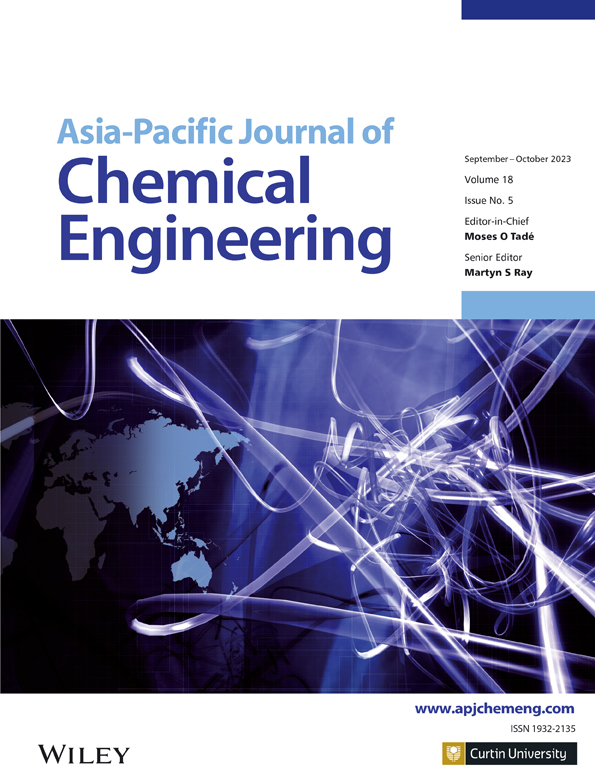Thermodynamic investigation on low GWP drop-in alternatives to HFC-245fa in ejector refrigeration cycle for air condition application
Abstract
The ejector refrigeration cycle (ERC) with HFC-245fa can achieve high efficiency and reliability for air conditioning applications. However, because of its high global warming potential (GWP), HFC-245fa needed to be phased out according to recent relative regulations. In this study, four promising alternatives to HFC-245fa were investigated and evaluated, including HC-600, HCFO-1233zd(E), HFO-1336mzz(Z), and HCFO-1224 yd(Z). Besides their low GWP, these alternatives also have similar vapor pressure curves to HFC-245fa, which represents a possibility for refrigerant drop-in replacement in ERC. Thermodynamic real gas modeling of the ERC was adopted in this study for more accurate results, and a critical performance evaluation and comparison with those candidates in ERC were carried out. The results indicate that HCFO-1233zd(E) and HCFO-1224 yd(Z) are outstanding candidates for ERC according to the higher coefficient of performance, entrainment ratio, exergy efficiency, and lower pump power consumption, and the COP relative differences of these two refrigerants would reach 5.5% and 4.6%. HFO-1336mzz(Z) consumes 33% less power at the pump than HFC-245fa under the same conditions and refrigeration capacity. Minimal pump power consumption is its advantage. Although HC-600 is prominent, with the largest coefficient of performance and entrainment ratio, its flammability is not conducive to its popularization. Machine learning is available to predict the performance of ejectors employing different refrigerants. This paper helps to properly select refrigerants for ERC and to pre-evaluate the refrigerants' application under different working conditions.




